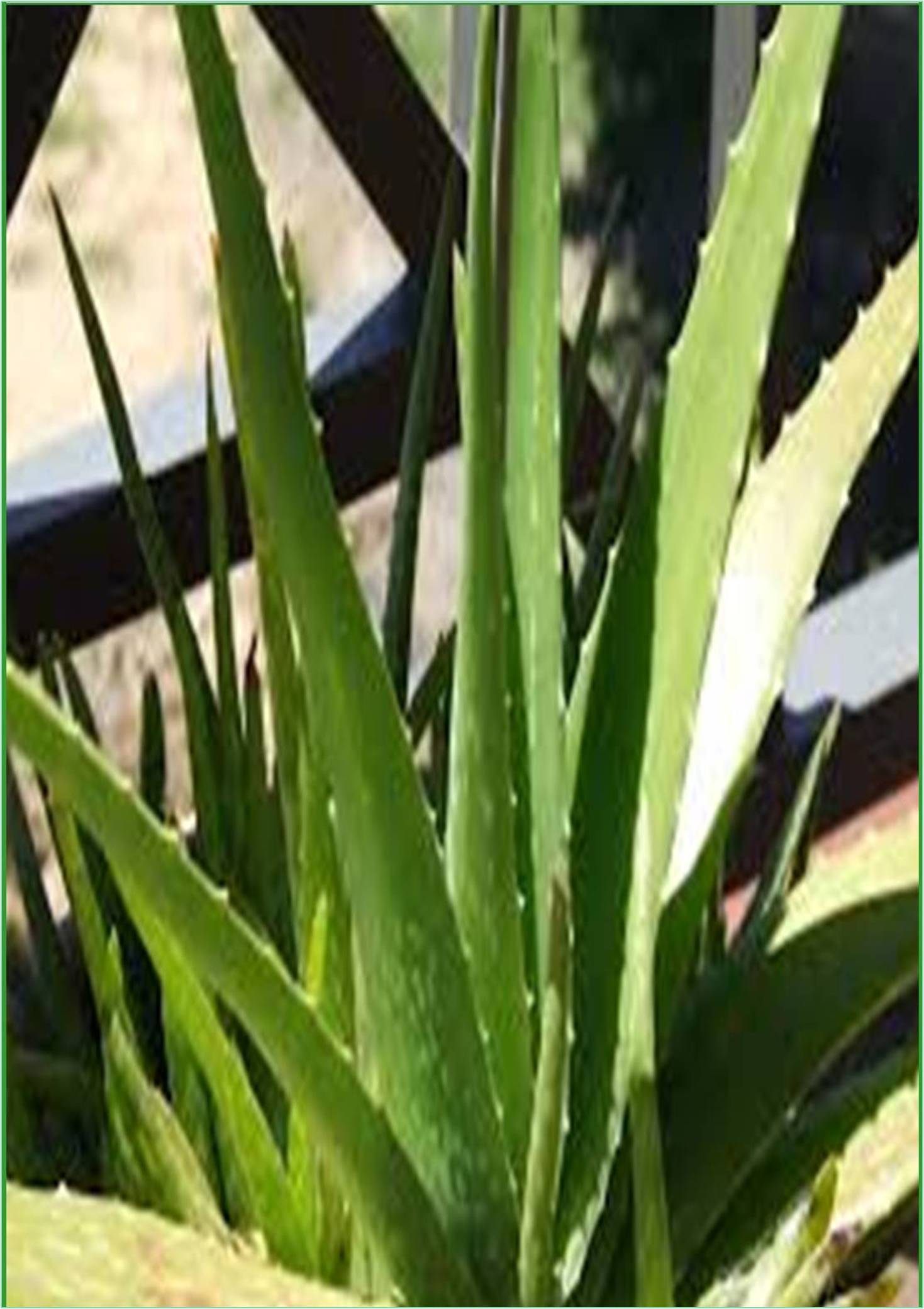



Received: 04-Jul-2022, Manuscript No. GJMPR-22-73891; Editor assigned: 07-Jul-2022, Pre QC No. GJMPR-22-73891(PQ); Reviewed: 21-Jul-2022, QC No. GJMPR-22-73891; Revised: 28-Jul-2022, Manuscript No. GJMPR-22-73891(R); Published: 08-Aug-2022, DOI: 10.15651/GJMPR.22.7.078
The use of natural products with therapeutic properties is as ancient as human civilization. For a very long time, mineral, plant and animal products were the main sources of drugs. The use of complementary medicine to alleviate and improve health conditions is increasing in developed countries. New medicinal plants from different parts of the world are being investigated with this purpose in mind. Although the utilization of botanicals has increased there is a lack of information about mechanisms of action and potential differences among species within the same genus. Today, several plants have been identified for their anti-cancer and anti-inflammatory compounds. Scientific experiments on the anti-cancer properties of plants and their constituents have been proven. Chinese herbs form the basis for treating and treating various illnesses and physiological conditions in traditional ways such as Ayurveda, Unani and Siddha. However, no systematic study has been conducted to evaluate the efficacy and safety of plant-derived formulations. In addition, no attempts have been made to isolate and identify the active principles involved in these effects. As an evolutionary response plants were obliged to produce and store a wide range of organic molecules. These substances are usually termed as Secondary Metabolites (SM). Some of these compounds are involved in the survival of the plants as a defense mechanism against natural enemies. Many SM could actively interact with targets in the human body inducing a bioactivity of interest. The bioactive compounds of medicinal plants are used as ant diabetic, chemotherapeutic, anti-inflammatory, ant arthritic agents. The use of medicinal plants dates back to ancient times because they contain ingredients of therapeutic value. Medicinal plants are cheaper and more accessible to most people in the world. With the acceptance of traditional medicine as an alternative to healthcare and the development of microbial resistance to available antibiotics, researchers have begun to explore the various therapeutic uses of medicinal plants.
Therefore, the search for medicinal plants continues to attract attention, as scientists need plants, especially those of ethno botany importance, for all biological activities, from antibiotics to anticancer agents. Due to the geographical location and socio-cultural characteristics of the country, it incorporates traditionally rooted elements influenced by local indigenous peoples and nearby Indian Ayurveda and Unani medicine. The use of traditional medicine is an integral part of public health services because it is cheap, easily accessible and has established medical services.
Antioxidants have been shown to contribute to the prevention of cancer and inflammation due to their multiple functional roles. Oxidizing agent production is a typical event associated with aerobic metabolism. When oxygen is oversupplied or its reduction is inadequate, reactive oxygen species or free radicals such as superoxide anions, hydroxyl radicals and hydrogen peroxide are produced. Accumulation of free radicals in body organs and tissues causes oxidative damage to biomolecules and cell membranes, eventually leading to many chronic diseases such as inflammation, cancer, diabetes, aging, cardiac dysfunction and other degenerative diseases. Over the last 50 years, the antioxidant and anti-inflammatory activity of extracts from medicinal or edible plants has been extensively studied. Many pharmacological studies have shown that some antioxidant plant extracts have more or less antiinflammatory, anti-allergic, antitumor, antibacterial, antimutagenic and antiviral activity. Researchers have found that ingestion of high-antioxidant fruits, vegetables, and other foods is associated with a reduced risk of cancer, cardiovascular disease, diabetes, and other antioxidant, anti-inflammatory, and anti-proliferative activities. The results suggest that the anti-inflammatory activity of these extracts can be at least partially explained by their antioxidant properties. Free radicals released by phagocytic cells are important in the inflammatory process as they are involved in the activation of nuclear factors that induce transcription of inflammatory cytokines and cyclooxygenase.
As our lifestyle becomes more technologically advanced, they are moving away from nature. Although they are part of nature, they cannot escape from it. Because herbs are natural products, they have no side effects, are relatively safe, are environmentally friendly, and are locally available.
Traditionally, there are many herbs used for diseases associated with different seasons. To save lives, they need to promote them.
These herbal products are now a symbol of safety, as opposed to synthetic drugs that are considered unsafe for humans and the environment. Herbs have been valued for centuries for their medicinal, flavorful and aromatic properties, but for some time modern synthetic products have gone beyond their importance. However, the blind addiction to synthetic fibers is over and people are returning to natural products in the hope of safety and security. It's time to produce them all over the world.